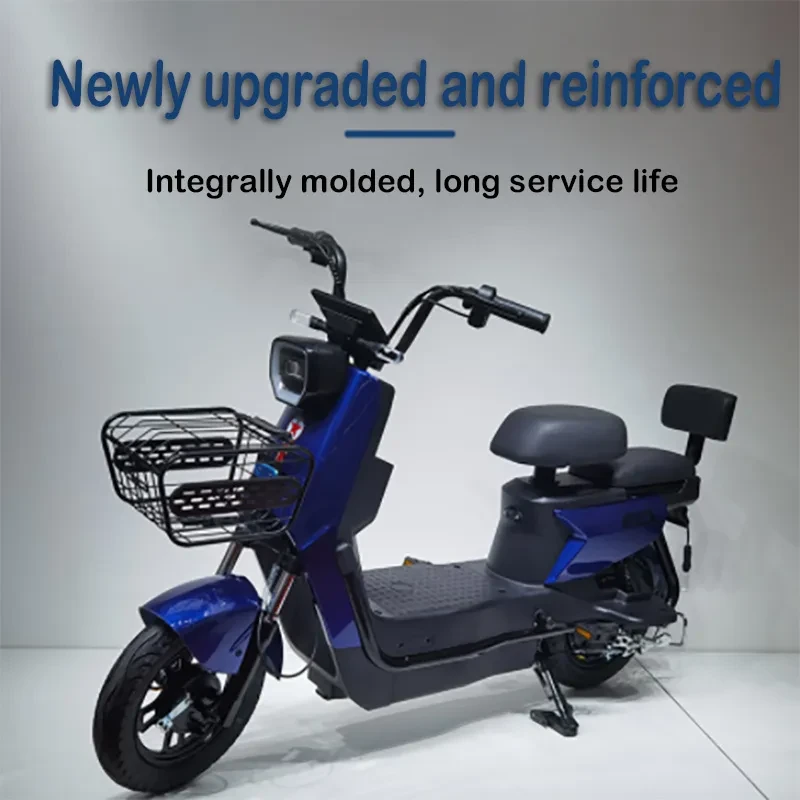
- Afrikaans
- Albanian
- Amharic
- Arabic
- Armenian
- Azerbaijani
- Basque
- Belarusian
- Bengali
- Bosnian
- Bulgarian
- Catalan
- Cebuano
- Corsican
- Croatian
- Czech
- Danish
- Dutch
- English
- Esperanto
- Estonian
- Finnish
- French
- Frisian
- Galician
- Georgian
- German
- Greek
- Gujarati
- Haitian Creole
- hausa
- hawaiian
- Hebrew
- Hindi
- Miao
- Hungarian
- Icelandic
- igbo
- Indonesian
- irish
- Italian
- Japanese
- Javanese
- Kannada
- kazakh
- Khmer
- Rwandese
- Korean
- Kurdish
- Kyrgyz
- Lao
- Latin
- Latvian
- Lithuanian
- Luxembourgish
- Macedonian
- Malgashi
- Malay
- Malayalam
- Maltese
- Maori
- Marathi
- Mongolian
- Myanmar
- Nepali
- Norwegian
- Norwegian
- Occitan
- Pashto
- Persian
- Polish
- Portuguese
- Punjabi
- Romanian
- Russian
- Samoan
- Scottish Gaelic
- Serbian
- Sesotho
- Shona
- Sindhi
- Sinhala
- Slovak
- Slovenian
- Somali
- Spanish
- Sundanese
- Swahili
- Swedish
- Tagalog
- Tajik
- Tamil
- Tatar
- Telugu
- Thai
- Turkish
- Turkmen
- Ukrainian
- Urdu
- Uighur
- Uzbek
- Vietnamese
- Welsh
- Bantu
- Yiddish
- Yoruba
- Zulu
Dec . 28, 2024 16:34 Back to list
Choosing the Right Battery for Your Electric Bike to Maximize Performance and Range
Understanding Battery Technology in E-Bikes A Comprehensive Guide
In recent years, the popularity of electric bikes, or e-bikes, has surged. With this growth comes an increasing emphasis on battery technology, which is the heartbeat of any e-bike. The battery not only powers the bike but also affects its performance, range, and overall user experience. In this article, we will delve into the different types of e-bike batteries, their specifications, maintenance tips, and future trends in battery technology.
Types of E-Bike Batteries
E-bikes typically use one of three main types of batteries lead-acid, nickel-metal hydride (NiMH), and lithium-ion (Li-ion).
1. Lead-Acid Batteries Lead-acid batteries were among the first batteries used in e-bikes. They are relatively inexpensive and widely available. However, they are also heavy, have a lower energy density, and a shorter lifespan compared to other options. While they may work for some casual riders, they are not the best choice for those seeking performance and longevity.
2. Nickel-Metal Hydride (NiMH) Batteries NiMH batteries offer better performance than lead-acid batteries with a higher energy density and better cycle life. However, they are less commonly used in modern e-bikes because of their higher cost and the recent advancements in lithium-ion technology, which has made it the standard for most e-bikes.
3. Lithium-Ion (Li-ion) Batteries Li-ion batteries have become the go-to choice for e-bike manufacturers due to their exceptional performance and efficiency. They are lightweight, have a high energy density, and a long cycle life, which makes them ideal for the demands of e-biking. Additionally, Li-ion batteries are available in a variety of configurations and capacities to suit different e-bike models.
Battery Specifications and Performance
When selecting an e-bike, several battery specifications are key considerations, including voltage, capacity, and charging time.
- Voltage This generally ranges from 24V to 72V in e-bikes. Higher voltage can lead to higher speeds and better performance on inclines. - Capacity (Ah) Measured in amp-hours (Ah), this denotes how much energy a battery can store. A higher capacity indicates a longer range. For example, a 20Ah battery will generally allow for more extensive travel than a 10Ah battery.
- Charging Time The time it takes to charge an e-bike battery can range from 4 to 8 hours, depending on the capacity and charger type. Fast-charging options are available but may impact battery lifespan if used excessively.
batterie ebike

Maintenance Tips for E-Bike Batteries
Proper maintenance is crucial for extending the life of your e-bike battery. Here are some tips
1. Regular Charging It is essential to keep your battery charged. Try to avoid completely draining the battery before recharging it, as this can weaken the battery over time.
2. Store Properly If you plan on not using your e-bike for an extended period, store the battery in a cool, dry place. Ensure it is charged to about 50% before storage.
3. Avoid Extreme Temperatures Batteries perform best at moderate temperatures. Avoid leaving your e-bike in extreme heat or cold, which can negatively impact battery performance and lifespan.
4. Check Connections Regularly inspect the battery and connections for wear and tear. Loose or damaged connections can lead to performance issues.
Future Trends in Battery Technology
The future of battery technology in e-bikes looks promising. Innovations such as solid-state batteries and advances in recycling methods are on the horizon, potentially improving safety,energy density, and environmental impact. As battery technologies continue to evolve, we can expect to see lighter, longer-lasting, and faster-charging batteries that will enhance the e-biking experience.
Conclusion
The importance of battery technology in e-bikes cannot be overstated. Understanding the different types of batteries, their specifications, maintenance, and future developments can help riders make informed decisions about their e-bike purchase and usage. As this technology advances, e-bikes will become even more efficient, making cycling a more viable option for daily transportation around the world. Whether you're a seasoned biker or new to the e-bike community, keeping abreast of battery trends is essential for making the most of this exciting mode of transport.
-
The Ultimate Kids' Four-Wheeler Experience
NewsJul.09,2025
-
The Ultimate Guide to Mountain Bikes: Gear Up for Your Ride
NewsJul.09,2025
-
The New Age of Cycling: Electric Bikes for Every Rider
NewsJul.09,2025
-
The Best Kids Bicycles: Ride in Style and Safety
NewsJul.09,2025
-
The Best 3-Wheel Scooters for Kids: Fun, Safety, and Adventure
NewsJul.09,2025
-
Revolutionize Your Ride: Affordable Electric Bikes
NewsJul.09,2025
-
Finding the Perfect Mountain Bike for Every Rider
NewsJul.09,2025



